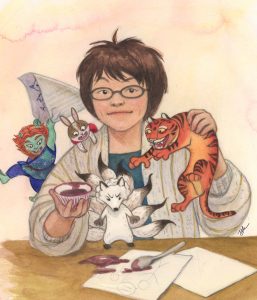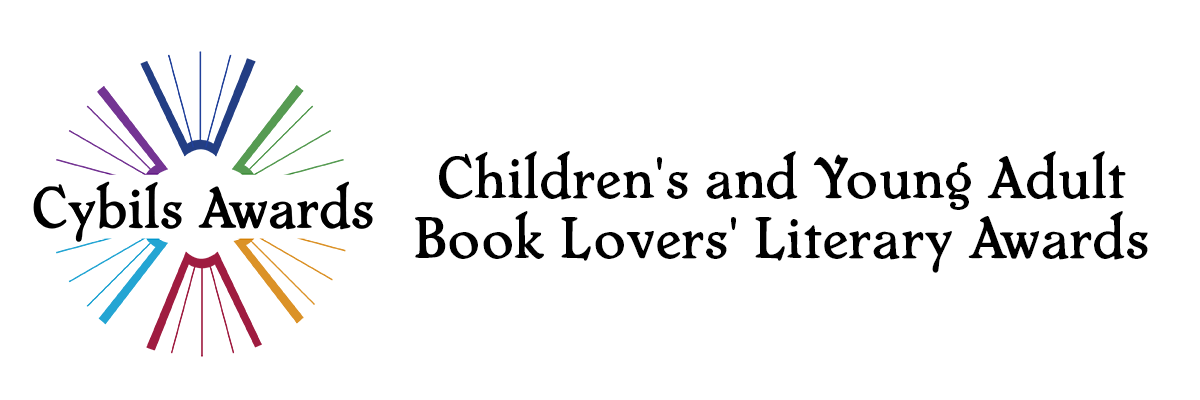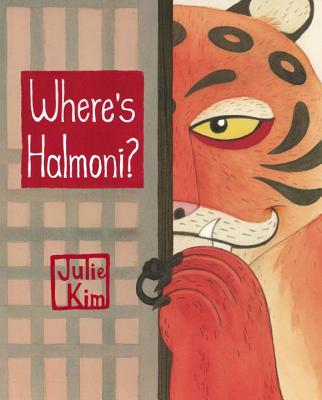What was the inspiration for Where’s Halmoni?
My inspiration was mainly my children. I wanted to give them something that mirrored their experience of being part of two cultures, old and new, and both familiar and unfamiliar.
In what ways does Where’s Halmoni reflect your own life?
After I finished making this book, I realized that I had encapsulated my own experience of belonging to two different cultures, and dealing with the feeling that I didn’t quite belong entirely to either one. But that wasn’t necessarily bad since I chose to own the spirit of my Korean culture and marry that with what I liked about the American culture, which was the idea of reinventing oneself into something new.
 We love the visual glossary in the back of the book. What made you decide to include the Korean language in this particular way?
We love the visual glossary in the back of the book. What made you decide to include the Korean language in this particular way? There are several layers to this. I wanted the non-Korean speaking readers to experience the whole “What are they talking about?” experience with Jin and Joon, perhaps learning that even if you look Korean, you don’t necessarily understand Korean. And for the Korean speaking audience, I wanted them to get the inside jokes and puns and notice how the Korean characters were speaking “konglish” (Korean pronunciation of an English word). It is really funny how languages merge and bleed into each other – where a foreign word sounds suspiciously familiar, and familiar words sounds totally foreign. And in the end, the visual glossary page was my attempt at making sure readers can connect the translation with the individual parts of the story and not miss a thing!
What would you like American readers to take away from the book in terms of Korean language and culture?
It would be nice if the reader enjoyed the visual language of Korean folk art which the book is based off of, and the beauty of the Korean hangul. However, that wasn’t really my intention for the book. I wanted the reader to experience the journey of Jin and Joon not necessarily in cultural context, but about traveling between worlds, both outer and inner, and old and new. This felt universal to me, and the book just happened to be from Korean-American point of view.
It would be nice if the reader enjoyed the visual language of Korean folk art which the book is based off of, and the beauty of the Korean hangul. However, that wasn’t really my intention for the book. I wanted the reader to experience the journey of Jin and Joon not necessarily in cultural context, but about traveling between worlds, both outer and inner, and old and new. This felt universal to me, and the book just happened to be from Korean-American point of view.
If you don’t mind us asking, what’s next for you?
I’ve been working intensely on illustrating two graphic novels of Zen Buddhist nature these past two years. It’s finally done, so I am eager to work my next children’t book story and see what emerges. I am just as curious as you are.
I’ve been working intensely on illustrating two graphic novels of Zen Buddhist nature these past two years. It’s finally done, so I am eager to work my next children’t book story and see what emerges. I am just as curious as you are.
Thank you, Julie, for your time!
Check out Julie on her website.

